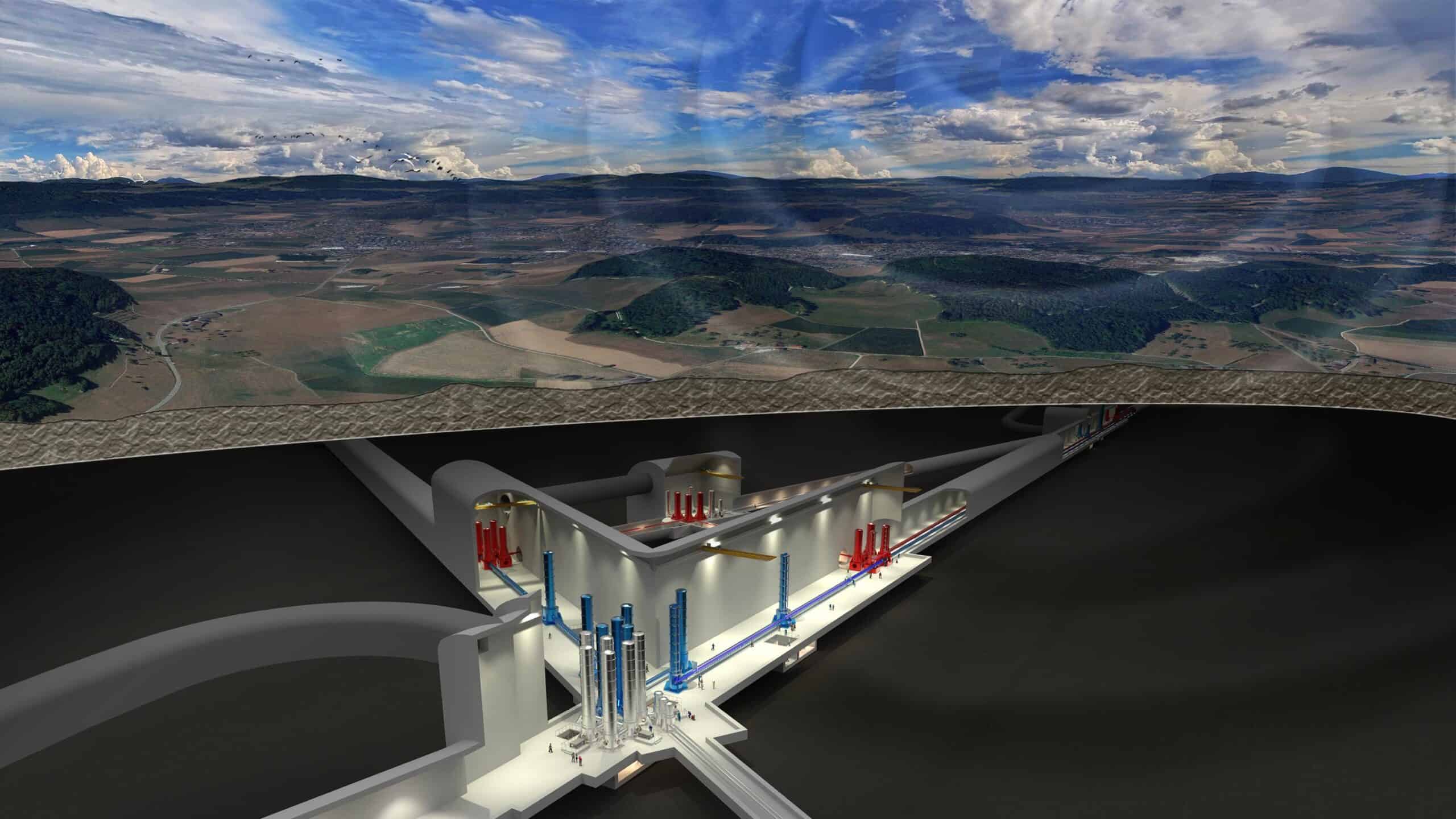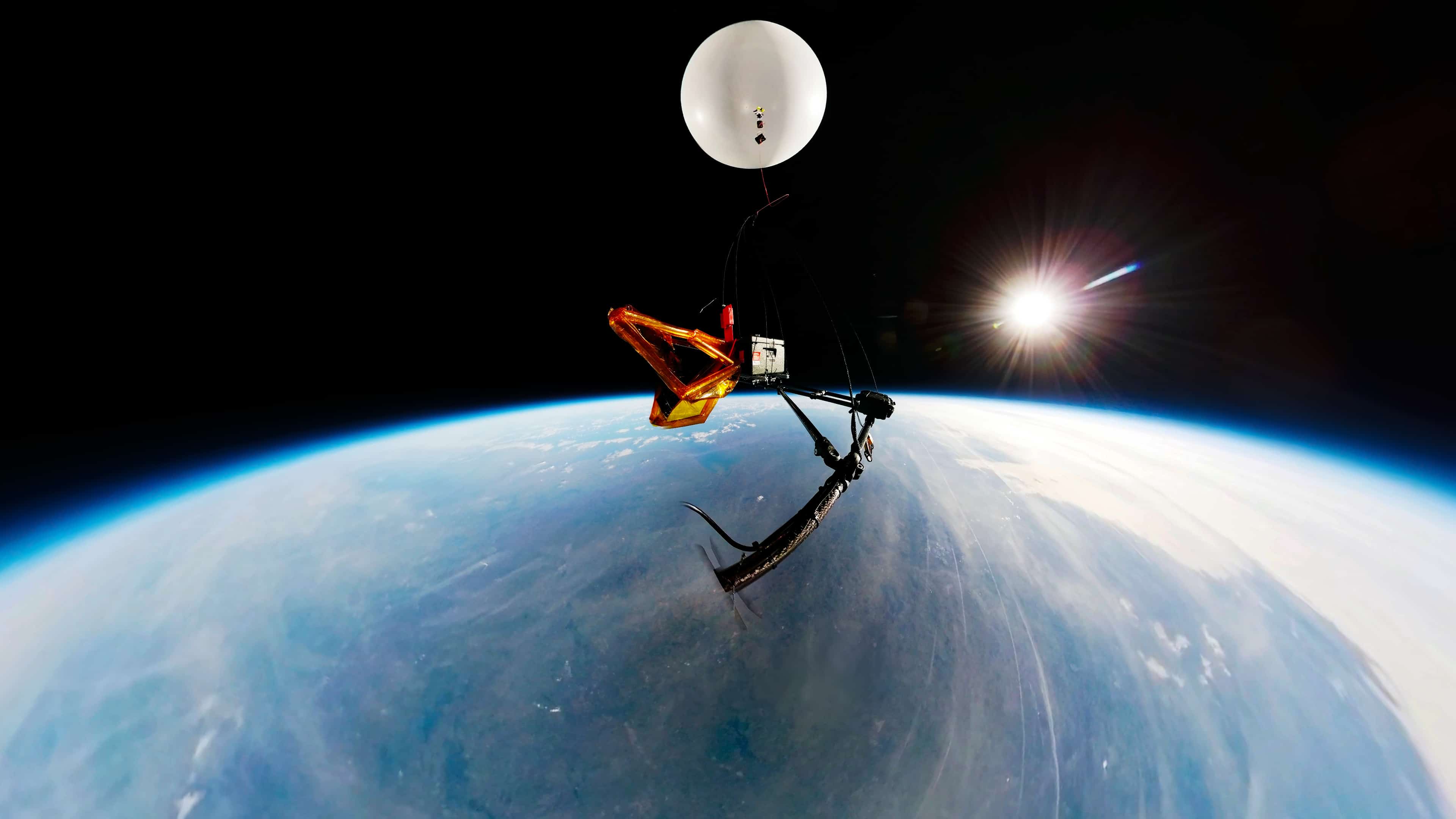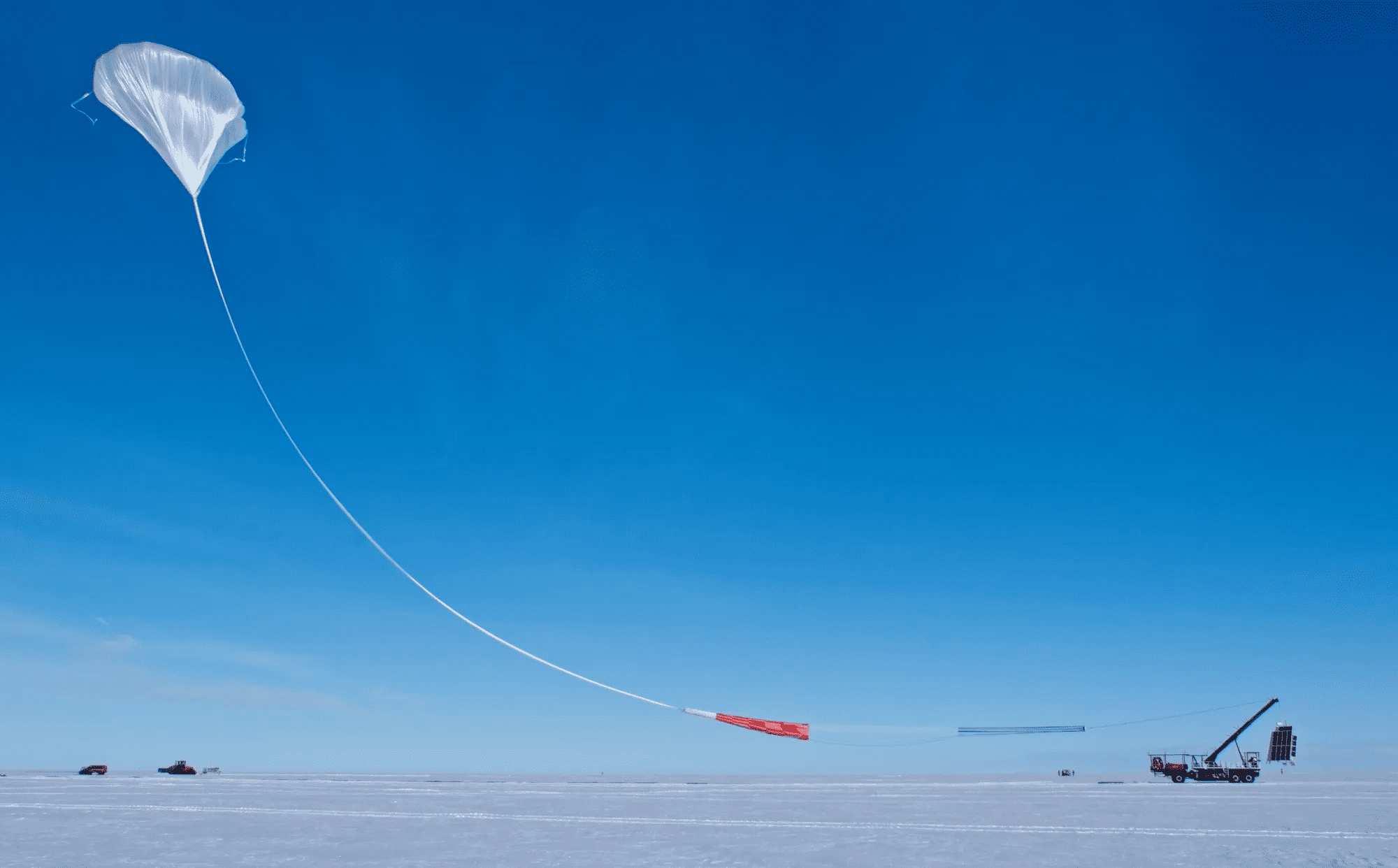
Dark energy, a mysterious force constituting around 76 per cent of the universe’s total energy density, has been studied using the eROSITA X-ray telescope by a team of international astrophysicists. By focusing on galaxy clusters, the researchers discovered that dark energy appears to be uniformly distributed in space and constant in time, LMU writes in a press release. The eROSITA Final Equatorial-Depth Survey (eFEDS) found approximately 500 galaxy clusters, providing valuable insight into the past 10 billion years of cosmic evolution. This groundbreaking research serves as a foundation for future full-sky eROSITA sample studies and other cluster samples, bringing scientists closer to understanding the enigmatic nature of dark energy.
Dark Energy’s Impact on Cosmic Object Formation
Dark energy’s anti-gravity effect pushes objects away from each other, suppressing the formation of large cosmic objects that would otherwise form due to the attractive force of gravity. Consequently, dark energy influences where and how the universe’s largest objects form, particularly galaxy clusters with total masses ranging from 1013 to 1015 solar masses. According to LMU astrophysicist Matthias Klein, “We can learn a great deal about the nature of dark energy by counting the number of galaxy clusters formed in the universe as a function of time – or in the observational world as a function of redshift”.
However, finding galaxy clusters is challenging due to their rarity, necessitating large sky surveys with the world’s most sensitive telescopes. The eROSITA X-ray space telescope, launched in 2019 and led by the Max Planck Institute for Extraterrestrial Physics (MPE) in Munich, aims to carry out an all-sky survey in search of galaxy clusters.

The eFEDS Survey and Its Findings
In the eFEDS survey, a mini-survey designed for performance verification of the subsequent all-sky survey, about 500 galaxy clusters were found. This represents one of the largest samples of low-mass galaxy clusters to date, spanning the past 10 billion years of cosmic evolution. I-Non Chiu and his colleagues from National Cheng Kung University in Taiwan and LMU astrophysicists used an additional dataset on top of the eFEDS data – optical data from the Hyper Suprime-Cam Subaru Strategic Program, led by the astronomical communities of Japan and Taiwan, and Princeton University. This data was used to characterize the galaxy clusters in eFEDS and measure their masses using the process of weak gravitational lensing. The combination of the two datasets enabled the first cosmological study using galaxy clusters detected by eROSITA.
Their results showed that dark energy makes up around 76% of the universe’s total energy density, with its energy density appearing to be uniform in space and constant in time. LMU astrophysicist Sebastian Bocquet stated that their findings agree well with other independent approaches, such as previous galaxy cluster studies, weak gravitational lensing, and the cosmic microwave background. So far, all pieces of observational evidence, including the latest results from eFEDS, suggest that dark energy can be described by a simple constant, usually referred to as the ‘cosmological constant’.

Building the Foundation for Future Research
While the current errors on the dark energy constraints are larger than desired, Joseph Mohr, an astrophysicist at LMU, indicated that the eFEDS sample occupies an area less than 1% of the full sky. This first analysis has laid a solid foundation for future studies of the full-sky eROSITA sample and other cluster samples. The eROSITA telescope will carry out eight complete all-sky surveys over the next four years, with each taking six months to complete. The data from these surveys will be combined to create the most sensitive, complete, and accurate map of the X-ray sky ever produced, holding the potential to reveal new phenomena and discoveries.








